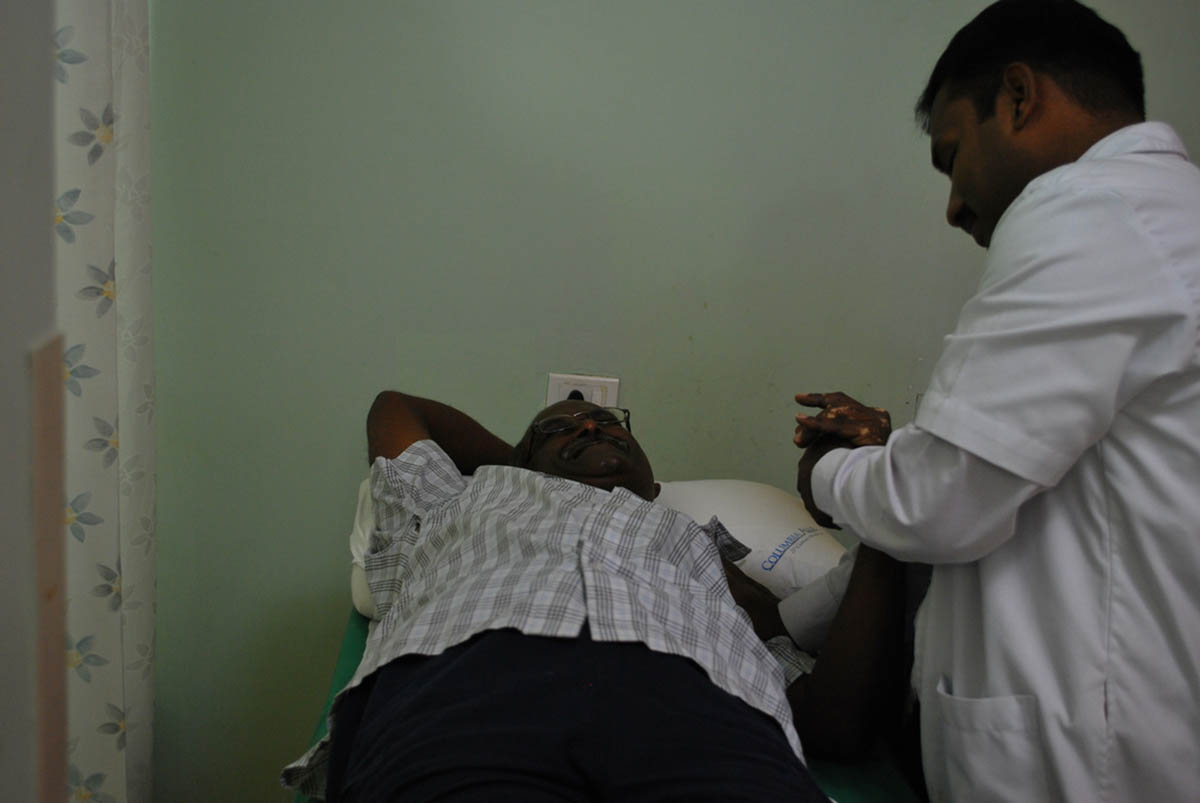Table of Contents
Once you get to your doctor's office, your doctor will first inquire about your symptoms, when they started, about your medical history, and about the circumstances under which they arose. They will then take a look at your joint. In some cases, this will be all that is necessary in order to diagnose bursitis. If your doctor believes further tests are needed, they may include an ultrasound scan of the affected joint, an X-ray, or even an MRI scan. Sometimes blood tests and a biopsy of the fluid surrounding the joint are also recommended, in order to rule out rheumatic conditions and calcification of the joints.
Being Treated For Bursitis
In almost all cases, once you've been diagnosed with bursitis, your doctor's first bit of advice will be to rest the affected joint. Most cases of bursitis will resolve on their own as long as the joint is being given the chance to recover from its inflammation, while continued use of the joint can on the other hand result on chronic bursitis. Rest is tremendously important, then. Ice packs and over the counter pain relievers that reduce inflammation as well as pain (ibuprofen, naproxen) can also help clear your bursitis up faster.

If this more conservative treatment plan doesn't work for you, antibiotics can be offered if your bursitis was caused by a bacterial infection, and a corticosteroid injection can help if it wasn't. This relieves inflammation very fast. Physical therapy may also be required.
In very rare cases, where bursitis doesn't go away after all the other treatment options were explored and exhausted, surgery can be carried out. During an operation for bursitis, part of the bursa is removed to relieve the inflammation. This surgery may be carried out laparoscopically as well as through traditional open surgery.
How Do I Avoid Getting Bursitis (Again)?
Whether you've recently recovered from bursitis and would like to avoid developing it again, or you engage in a lot of repetitive activities and want to prevent bursitis from developing at all, there are some steps you can take.
For people who exercise a lot, it's important to remember to take the time to engage in stretching and warm-up before you get to your main workout. This goes a long way towards preventing injury. Having stronger muscles also helps protect your joints, so incorporating strength training on your routine is a good idea.
READ Arthrocentesis - Joint fluid aspiration
If your work of hobby has you doing repetitive movements a lot, try to figure out whether there is anything that can help you out. Sometimes it's as simple as wheeling heavy loads around rather than lifting them manually, or remembering to lift things correctly in a way that does not put unnecessary pressure on your joints.
- Photo courtesy of mynameisharsha: www.flickr.com/photos/mynameisharsha/2920511044/
- Photo courtesy of mynameisharsha: www.flickr.com/photos/mynameisharsha/2920511044/
- Photo courtesy of mynameisharsha: www.flickr.com/photos/mynameisharsha/2919674705/


Your thoughts on this